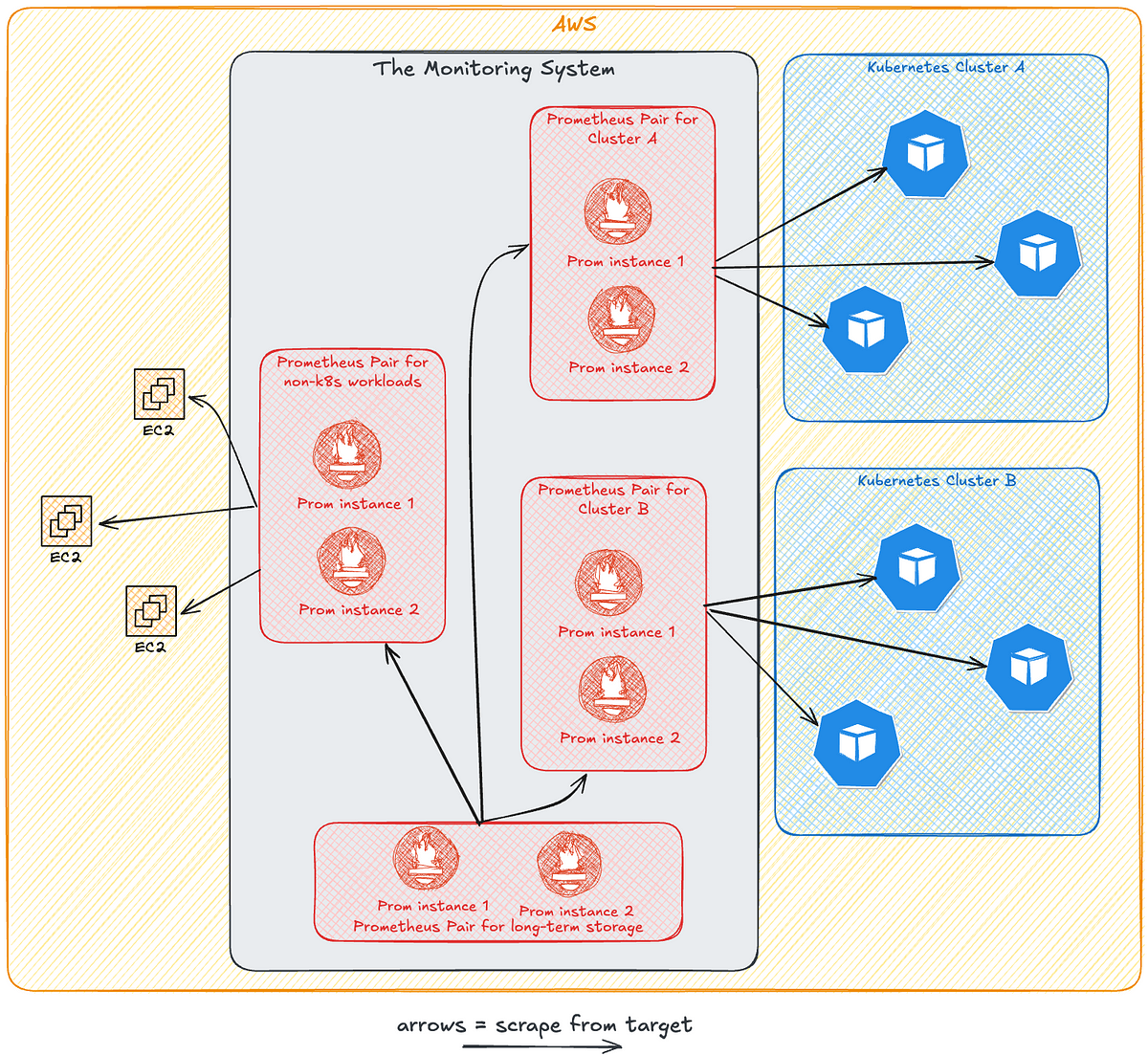
The rise of static-first websites: why major brands are making the switch
Your website performance directly impacts your bottom line — and we’re seeing major sites increasingly turning to a “static-first” approach for their web presence. New data from the 2024 Web Almanac reveals a striking 67% growth in static and hybrid website architectures among the top 10,000 most-visited sites.
I've had a few days to think this over, having helped edit the Jamstack chapter of the report, and I’m certain that this isn’t just a technical trend — it’s a strategic business move. So why are big sites making the shift to static?
Static-first websites typically require less developer intervention (site maintenance) and less server processing power, translating to lower hosting costs. Instead of generating pages on-demand for each visitor, content is pre-built and served from global content delivery networks. This approach can be incredibly cost-effective for high-traffic sites where traditional maintenance and server costs can spiral quickly.
To give a real-world example of the potential savings and gains, DX moved from a ‘no-code’ dynamic website to a completely static website on CloudCannon, increasing their lead generation by 400% and saving $150,000 in annual operating costs.
/cloudfront-us-east-2.images.arcpublishing.com/reuters/4I5ONVK6BFJPVHTFSG6XCFC5QI.jpg)




















